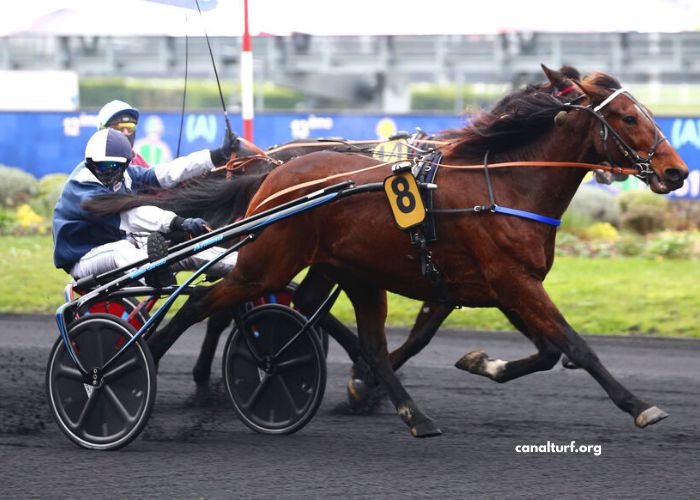Fashion is an ever-evolving art form, influenced by culture, society, and individual expression. One of the most captivating chapters in fashion’s history is the evolution of street style, a dynamic and ever-changing movement that reflects the spirit of urban life. From its humble beginnings as a grassroots expression to its current status as a global cultural phenomenon, street style has continually reshaped the fashion landscape, blurring the lines between high fashion and everyday wear. This article delves into the captivating journey of urban fashion evolution through the lens of street style chronicles.
Origins and Roots of Street Style:
The roots of street style can be traced back to the rebellious spirit of counterculture movements in the 20th century. It emerged as a response to mainstream fashion, offering a platform for marginalized communities to express their identities, beliefs, and individuality. The 1950s and 1960s saw the birth of subcultures like the beatniks and greasers, who rejected conventional norms and crafted their distinct styles through thrift store finds, customized clothing, and innovative combinations.
The 1970s punk movement further propelled street style into the limelight. Punk fashion was characterized by its provocative, anti-establishment aesthetic, featuring torn clothing, safety pins, and unconventional hairstyles. This era introduced a new concept of DIY fashion, where self-expression and creative experimentation took precedence over conforming to fashion trends dictated by the elite.
The Rise of Hip-Hop and Urban Influence:
The late 1970s and early 1980s marked a significant turning point in the evolution of street style, with the rise of hip-hop culture. Hip-hop not only revolutionized music but also introduced an entirely new way of dressing. Baggy jeans, oversized t-shirts, baseball caps, and sneakers became the staples of this movement, reflecting the urban influences of the Bronx, where it originated.
Hip-hop artists like Run-D.M.C. played a crucial role in popularizing the “athletic chic” style, showcasing how streetwear could blend comfort and authenticity. The trend even caught the attention of high fashion designers, leading to iconic collaborations and blurring the lines between street style and haute couture.
Globalization and Cross-Cultural Fusion:
The 1990s brought about a wave of globalization that profoundly impacted street style. As communication and travel became more accessible, cultural influences began to cross borders, giving birth to a new era of multicultural fashion. This period witnessed the rise of “grunge,” a style rooted in the alternative music scene and characterized by flannel shirts, distressed denim, and an overall disheveled aesthetic.
Moreover, the fusion of street style from various corners of the world became a hallmark of this era. Japanese street fashion, for instance, gained prominence for its avant-garde and eccentric designs. The Harajuku district in Tokyo became synonymous with unique and daring streetwear ensembles, inspiring fashion enthusiasts worldwide to embrace individuality.
The Digital Age and Street Style Renaissance:
The turn of the millennium brought the advent of the digital age, dramatically changing the way fashion trends were disseminated and adopted. The rise of social media platforms allowed street style to evolve into a global phenomenon, with influencers, bloggers, and everyday individuals sharing their outfits with the world. Fashion weeks in major cities became as much about the styles seen on the streets as those on the runways.
Digital platforms enabled the rapid exchange of ideas and inspiration, resulting in a renaissance of street style. Aesthetic diversity and inclusivity became central to the movement, as people from all walks of life contributed to the evolving narrative. This democratization of fashion challenged traditional notions of beauty and style, paving the way for greater representation and celebration of individuality.
Modern Street Style: A Fusion of High and Low:
In the contemporary fashion landscape, street style has established itself as a formidable force that can no longer be ignored by the high fashion industry. The once-distinct boundaries between luxury fashion and streetwear have blurred, leading to collaborations between streetwear brands and renowned designers. High fashion labels now draw inspiration from the streets, incorporating urban aesthetics into their collections.
Luxury sneakers, an emblematic example of this fusion, have become a staple in the wardrobes of fashion-conscious individuals. Sneakers that were once reserved for athletic activities are now paired with couture dresses, showcasing the versatility and adaptability of modern street style.
Sustainability and Ethical Considerations:
As the world grapples with the consequences of fast fashion and its environmental impact, street style is also evolving to embrace sustainability and ethical considerations. Vintage and thrifted pieces are being celebrated for their uniqueness and contribution to reducing fashion waste. Moreover, the DIY ethos that defined early street style has made a resurgence, with people customizing and upcycling their clothing to reflect their values and creativity.
Conclusion: A Living Tapestry of Urban Expression:
The journey of street style, from its countercultural origins to its present global prominence, is a testament to the power of fashion as a means of self-expression and cultural reflection. Street style has transcended its initial boundaries to become a canvas for individual creativity, cultural diversity, and social commentary. It is a dynamic and living tapestry that captures the essence of urban life, constantly evolving while retaining its roots in authenticity and defiance.
The evolution of street style reminds us that fashion is not just about garments; it’s about the stories, identities, and aspirations woven into every thread. As we move forward, street style will undoubtedly continue to shape and be shaped by the world around us, reflecting the ever-changing nature of society and the enduring spirit of individuality.




